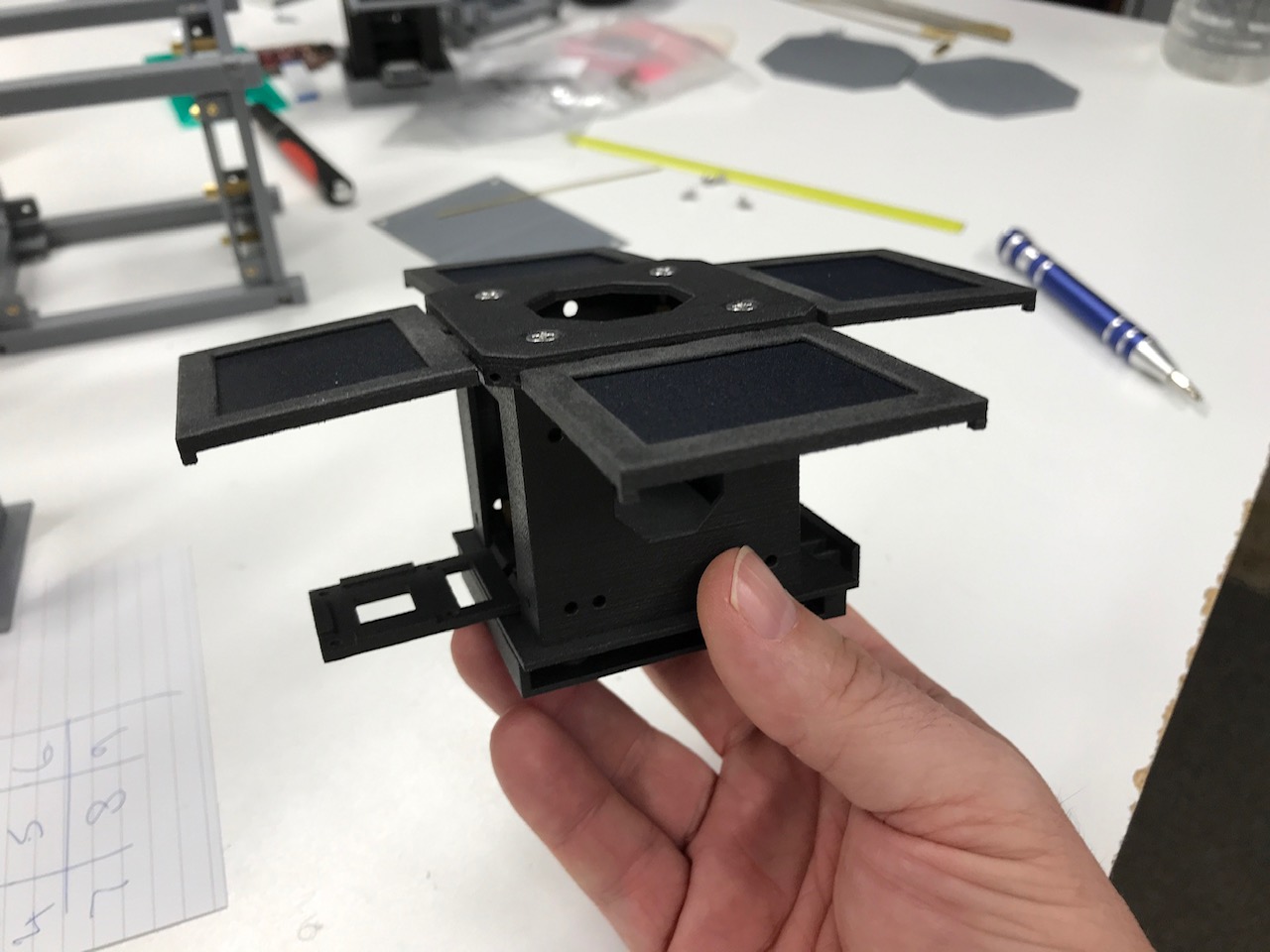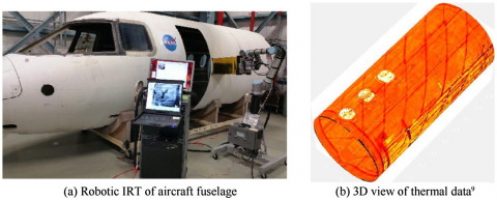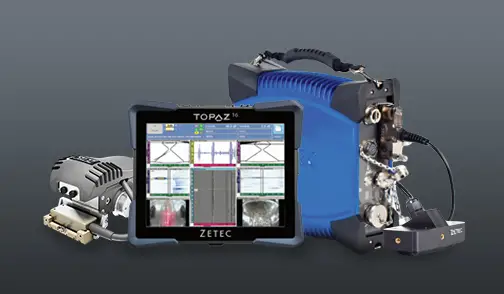
How 3D Printing Is Revolutionizing Satellite Manufacturing?
Satellite manufacturing has undergone a transformation in recent years thanks to advancements in 3D printing technology. 3D printing, also known as additive manufacturing, allows satellites and their components to be built layer-by-layer using digital models and various materials. This innovative approach brings numerous benefits that are revolutionizing the satellite industry.
Reduced Costs
One of the biggest advantages of 3D printing for satellites is lower manufacturing costs. Traditional subtractive manufacturing methods like machining require specialized tools to carve away material from a blank block to create a part. This leads to high costs for complex satellite components with unique geometries.
With 3D printing, parts can be built by depositing material only where it is needed. This eliminates wasted material, reduces the need for costly tooling, and allows parts to be consolidated into more efficient designs. According to NASA, 3D printing metal components can cost 30-50% less than traditional machining. These significant cost savings make satellites more affordable to produce.
Faster Production
In addition to lower costs, 3D printing also enables much faster production compared to traditional manufacturing methods. Machining parts from metal or plastic blocks is a time-intensive process requiring many steps and changeovers between machines. Parts must also be assembled together in stages.
3D printing builds up components layer-by-layer in a continuous process. This allows complex satellite parts to be printed in a matter of hours or days rather than weeks or months. With streamlined production, satellites can be manufactured rapidly to meet urgent needs and timelines. Quick turnaround is especially advantageous for small satellite constellations requiring dozens or hundreds of identical platforms.
Design Flexibility
Satellites have complex geometries and must fit within strict size and weight constraints. 3D printing unlocks new design freedoms that are not possible with traditional machining methods.
Very complex shapes with internal lattices and optimized topology can be printed as a single part. This enables improved strength-to-weight ratios and the consolidation of assemblies into more compact, integrated structures. Parts can also be topology optimized and tailored to precise load conditions rather than designed around manufacturing limitations.
With fewer design restrictions, engineers can create satellite components that are stronger, lighter, and more space efficient. The ability to produce optimized and customized parts makes 3D printing ideal for the demands of the aerospace industry.
Part Consolidation
3D printing technology allows for greater consolidation of satellite parts. Machined components are often broken down into simpler shapes that must be assembled together. This adds mass, takes up valuable space, and introduces potential points of failure.
Additive manufacturing can combine traditionally separate elements into single printed parts with complex internal geometries. Consolidating components leads to reduced part quantities, lower overall mass, decreased chances of failure from joining, and simplified assembly. Part consolidation and integration contribute to improved satellite performance and reliability.
On-Demand Manufacturing
Satellites require maintenance and occasional component replacements while operational in space. Transporting spare parts to orbit is extremely expensive. This has created demand for on-demand manufacturing capabilities in space.
3D printing offers an ideal solution for producing spares and replacement parts on orbital platforms or extraterrestrial bases once they are established. By sending only digital blueprints, satellites could print components on demand within the vacuum of space. On-site manufacturing would avoid expensive delivery of hardware and extend the useful lives of space assets.
Customized Production
While satellites are produced in series, each platform contains customized elements tuned for its specific mission and payload. This creates challenges with traditional manufacturing methods that favor high-volume serial production.
3D printing excels at making low to medium production runs cost effectively. It facilitates the creation of components tailored to meet the needs of each satellite through easy adaptation of digital models. Small batches of mission-optimized parts can be manufactured via additive manufacturing in a timely manner without high setup costs.
Materials Flexibility
Machining satellites is typically limited to conventional aerospace materials like aluminum, titanium, or steel. The layer-by-layer nature of 3D printing opens up a much broader range of material options.
Additive manufacturing can use advanced alloys, composites, and even thermoplastics to create parts with superior strength, thermal properties, and functionality. Exotic printable materials like inconels, tungsten, and ceramics expand the capabilities of satellite systems. The ability to combine and optimize materials allows engineers to produce components with characteristics not attainable through machining.
Streamlined Supply Chains
Satellite production involves long complex supply chains prone to delays and bottlenecks. 3D printing simplifies logistics by enabling distributed manufacturing right where parts are needed. Digital files can be easily sent to print parts on-site at satellite assembly facilities, launch sites, or directly on orbiting platforms.
Localized production eliminates lengthy procurement and shipping times. It also reduces part quantities needed in inventory. By compressing supply chains, additive manufacturing results in faster production cycles and improved logistics for satellite programs.
Reduced Waste
Subtractive methods like machining generate a tremendous amount of wasted material that gets cut away and discarded during part production. For aerospace-grade metals, this scrap material is very costly. Additive manufacturing only uses the required amount of material to construct each component, leading to far less waste.
3D printing satellite parts can reduce material waste by up to 90% compared to machining. Limiting scrap and recycling unused powder helps make satellite manufacturing more sustainable and efficient. Lower waste also contributes to the affordability benefits of additive manufacturing.
Drawbacks and Challenges
Despite its benefits, 3D printing also comes with some disadvantages and technical obstacles that must be overcome to fully realize its advantages. Some of the main challenges include:
- Post-Processing – Printed parts often require post-processing like sanding and machining to achieve the desired finish. This adds time and cost not reflected in the printing process itself.
- Material Properties – Some printed materials lack the structural properties attained with traditional manufacturing methods, particularly for fatigue-critical satellite components. Quality assurance and testing are critical.
- Print Volume – The build volumes of 3D printers restrict component sizes, requiring large parts to be broken down into assemblies. Larger printers continue pushing this boundary.
- Process Control – Consistently achieving the tight tolerances and surface finishes needed for satellite parts requires stringent process control and experienced operators.
- Certification – Getting additive manufacturing processes certified for mission-critical space applications is time-consuming and expensive. This bottleneck has slowed adoption by risk-averse aerospace firms.
- Upfront Investment – Developing in-house 3D printing capabilities requires significant upfront investment in equipment, facilities, training, and qualification. This can limit adoption, especially for smaller suppliers.
With further development, these remaining limitations of 3D printing will be tackled, allowing its satellite production advantages to be more fully realized. But adoption is already accelerating as the technology has proven its merits.
Use Cases
3D printing is gaining traction across the satellite industry, from commercial constellations to government space programs. Here are some notable examples of its adoption:
- OneWeb Satellites – This high-volume small satellite manufacturer uses large-scale metal 3D printing to build components for its 650+ satellite constellation. Additive manufacturing has cut costs by 40% compared to traditional approaches.
- Relativity Space – This aerospace startup uses 3D printing, including metal additive processes, to produce 95% of the parts for its Terran 1 small launch vehicle. Relativity is pushing the boundaries of large-scale aerospace printing.
- NASA Archinaut – NASA is developing this robotic system capable of 3D printing and assembling satellite structures in space. Archinaut will demonstrate on-orbit manufacturing to customize and upgrade space assets.
- ArianeGroup – The aerospace firm used metal 3D printing to create the first full-scale rocket engine combustion chamber made in one piece with additive manufacturing. This reduced the part count from 248 to 1.
- Gilmour Space – This Australian launch company 3D prints 95% of the parts for its hybrid rocket engines using durable liquid-silicone resins. Printing has decreased production costs and time compared to machining.
These examples highlight the transformative potential of additive manufacturing across the satellite value chain. 3D printing enables new capabilities while reducing costs and lead times.
The Future of Satellite Manufacturing
Additive manufacturing has proven itself as a disruptive force that is enabling cost-efficient production of optimized satellite designs. The technology has reached a tipping point where it moves from an emerging novelty into a standard part of the aerospace toolkit.
As the capabilities of industrial 3D printers continue advancing, they will unlock greater design possibilities and material choices for satellite applications. Larger print volumes will facilitate complete spacecraft fabrication additive manufacturing. Improved in-space and surface manufacturing systems will enable on-demand fabrication and repair.
Relativity Space envisions an entirely 3D printed rocket produced with just a few giant printers in a streamlined factory. In the longer term, swarms of small spacecraft could potentially be manufactured right in orbit using raw materials sourced from asteroids. The future possibilities are vast.
While additive manufacturing is not a magic bullet, it provides an essential set of new capabilities that align with the cost and flexibility needs of the rapidly evolving space industry. 3D printing allows satellite manufacturers to construct customized platforms faster, cheaper, and with greater design freedom. It is a transformative technology that will open up innovative new mission architectures and help democratize access to space. The 21st century space race will be built using 3D printing.
Frequently Asked Questions
Here are some common questions about how 3D printing is transforming satellite manufacturing:
What types of satellite components are printed with 3D printing?
3D printing is used to manufacture a wide variety of satellite structures, brackets, antennas, thermal control surfaces, propulsion components, and more. Both plastic and metal printing are used. Some systems print the entire satellite while others print only certain optimized elements.
What satellite companies use 3D printing in production applications?
Leading firms applying 3D printing include SpaceX, OneWeb Satellites, Boeing, Thales Alenia Space, Airbus, and many others. Startups like Relativity Space and Gilmour Space also rely heavily on additive manufacturing. Government programs like NASA and ESA are funding 3D printing R&D.
What types of 3D printing technologies are used for satellites?
Powder bed fusion and directed energy deposition are the two main metal printing technologies used to manufacture satellite components, although binder jetting and sheet lamination are also applied. Thermoplastic extrusion and photopolymerization are common techniques for plastic parts.
How does 3D printing save costs for satellite production?
Additive manufacturing eliminates wasted material, consolidates parts into optimized designs, and streamlines production by reducing process steps, tooling, and touch labor. This cuts both material and operational costs substantially.
What are the main technical challenges facing adoption of 3D printing?
Key challenges include demonstrating consistent material properties, scaling up print volumes, tightening precision and surface finishes, qualifying rigorous space processes, and improving in-space manufacturing capabilities.
How will in-space 3D printing revolutionize future space missions?
By enabling on-demand fabrication, upgrades, and repairs on orbit, in-space manufacturing can extend satellite lifetimes, adapt to changing needs, and reduce the need for expensive launch of components. This could greatly increase capabilities.
Does 3D printing allow complete satellites to be manufactured in one piece?
While the ultimate vision is complete additive manufacturing, current technology is generally limited to fabrication of components and subassemblies. However, continuing advances are expanding this capability.
Can 3D printed parts handle the extreme conditions of space?
With proper design and testing, printed components using high-performance aerospace materials can achieve the strength, durability, and functionality required for the launch environment and space operations.







